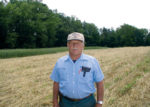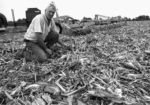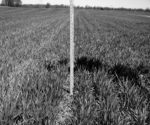What I've Learned from No-Tilling
Visits to leading no-tillers provided revelations and guidance that are still being put to use in long-term no-till fields that get better and better.
The first time i heard about no-tilling was at Kansas State University in 1973. We talked about studies being done in Virginia, Ohio, Kentucky, Missouri and other places where no-till first took hold. I came home from those discussions and thought about putting no-till to work on our farm, but we faced a tough challenge. Based on KSU’s no-till handbook, our clay soils (shallow topsoil, super-tight subsoil) are classified as “needing special management” for no-till.
Read More















